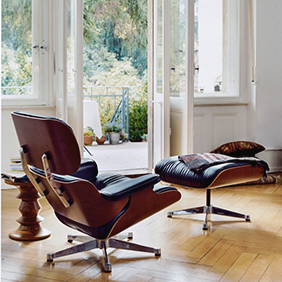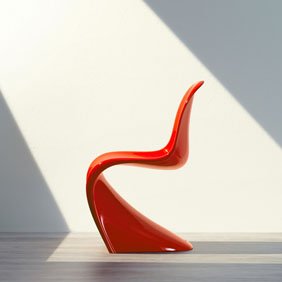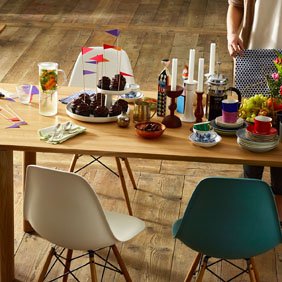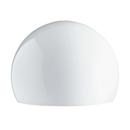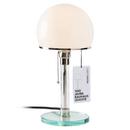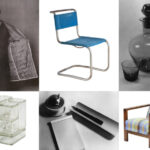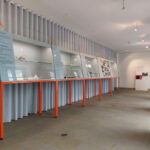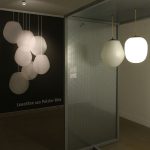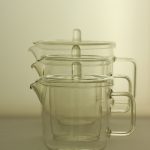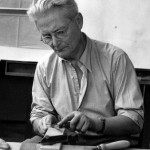The Grassimesse smow-Designpreis - Don't miss out like Reich, Wagenfeld, László, Brandt et al
...Wilhelm Wagenfeld: While, as with Marianne Brandt it is possible, almost certain, that Wilhelm Wagenfeld participated at the Grassimesse in context of his time at Bauhaus Weimar, not least with that lamp, and that as with Erich Dieckmann he almost certainly participated in context of his time at the successor Staatliche Bauhochschule Weimar where he also designed lamps, and without question participated in context of his time at Vereinigte Lausitzer Glaswerke, including with that stackable Kubus storage system, Wagenfeld definitely, definitely, did participate in the early 1930s with jewellery created for the Schwäbisch-Gmund based manufacturer Ottmar Zieher, a little known episode in the Wagenfeld biography and one that occurred parallel to his much better known, and much more commercially successful, cooperation with the Jena based glassworks Schott & Gen... But for all its lack of apparent commercial success, or a contemporary echo, is an episode in the Wagenfeld biography, with a genre he had first concerned himself with during his pre-Bauhaus silversmith training at the Zeichenakademie Hanau but which Ottmar Zieher produced industrially, that allows access to some very nice considerations on not only Wilhelm Wagenfeld but also on positions to machine and craft production in the 1920s ...


